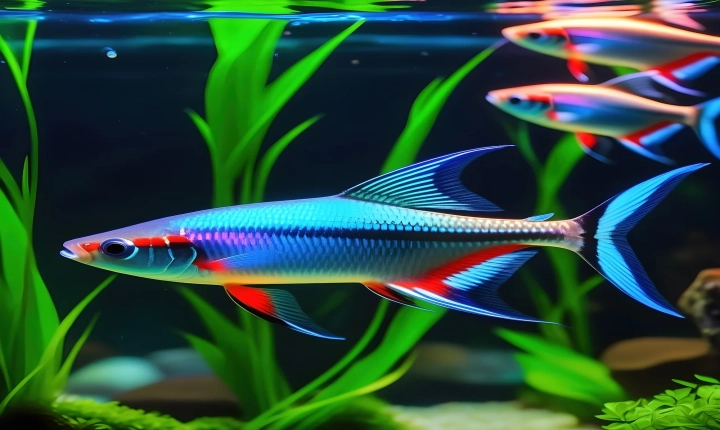Artificial Intelligence (AI) has made great strides in recent years, particularly in the field of image generation. One of the most fascinating and innovative applications of AI is its ability to create realistic and detailed photos, often indistinguishable from those captured by a human photographer. This technology has tremendous potential and has seen widespread use in areas such as design, art, and even entertainment.
So, how exactly does AI create photos? The process involves a combination of sophisticated algorithms, neural networks, and vast amounts of training data. At the heart of this technology is a branch of AI known as Generative Adversarial Networks (GANs). GANs are composed of two main components – a generator and a discriminator.
The generator is responsible for creating images from scratch, while the discriminator evaluates these generated images and distinguishes them from real ones. Through a continuous process of feedback and refinement, the generator learns to produce images that are increasingly realistic, while the discriminator becomes more adept at discerning between real and generated images. This adversarial relationship between the two components leads to a constantly evolving process of improvement and refinement, resulting in the generation of high-quality images.
Training the GAN involves large datasets of images, which are used to teach the generator how to produce realistic photos. These datasets may include thousands or even millions of images covering a wide range of subjects and styles. By analyzing and learning from this vast amount of data, the GAN can essentially “learn” how to replicate the characteristics and patterns observed in real images.
One of the most fascinating aspects of AI-generated photos is the ability to create entirely new, unique images. While traditional image editing software relies on manipulating existing images, AI can generate entirely new visual content based on a set of parameters or prompts. This can range from altering the appearance of existing objects to creating entirely new scenes and landscapes.
The applications of AI-generated photos are vast and diverse. In the field of design and art, AI can be used to create realistic mockups for products or to generate concept art for various projects. Additionally, AI-generated photos are an incredibly powerful tool for content creation, where unique and aesthetically pleasing visuals are required.
In the entertainment industry, AI-generated photos have also found a home. They can be used to create realistic backgrounds and settings for films and video games, saving time and resources in the production process.
However, it’s important to note that the use of AI-generated photos also raises ethical considerations, particularly in the context of misinformation and fake content. The ability to produce convincing fake images has the potential to be misused, leading to the proliferation of false information and misleading visuals. As such, it’s crucial for developers and users of AI-generated photos to exercise responsibility and ethical awareness in their use of this technology.
In conclusion, the technology behind AI-generated photos is a powerful and transformative force in the world of visual content creation. With its ability to produce highly realistic and original images, AI has the potential to revolutionize industries ranging from design and art to entertainment and beyond. As this technology continues to advance, it’s essential to approach its use with a keen awareness of its capabilities and ethical considerations.
